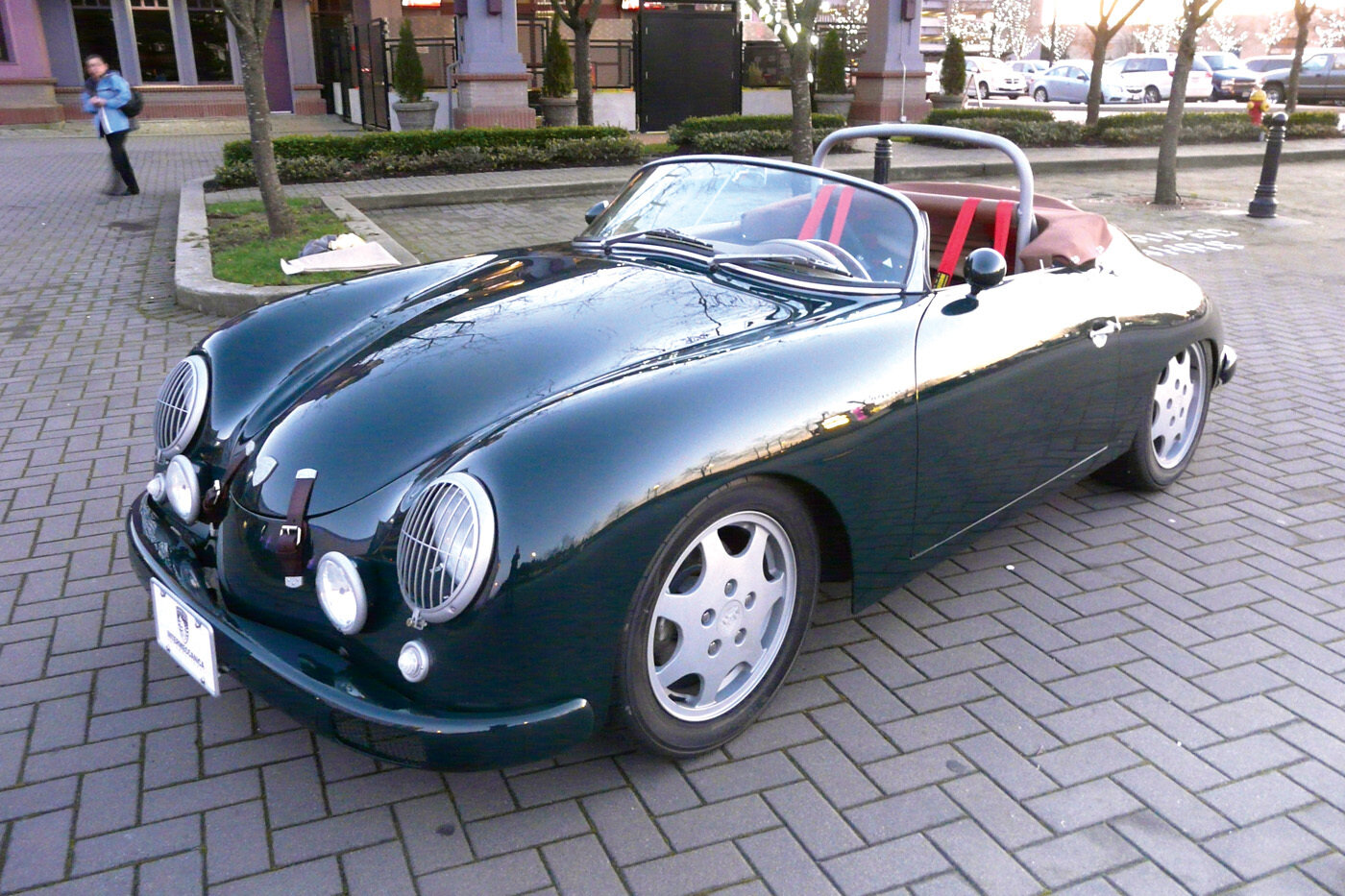
A physician's Porsche 356 with 911 mechanicals
As told by Dr. Robert Carley
Photos courtesy of Henry Reisner, Intermeccanica
It all started with a movie. I’ve always had what I would call a “sporty” car, starting with a baffed-out Bugeye Sprite back in high school, during the days of the British sports car invasion of the 1960s. After that it was a Karmann Ghia coupe, then a Corvair convertible, then a Karmann Ghia cabriolet. I guess you can see I appreciated rear-engine, air-cooled cars.
Marriage came along, and there was little money for toys anymore, but I did manage to hold on to an MGTD that I restored myself, an MGB, and a TR6 that also required a complete self-restoration. My allegiances switched back and forth from England to Germany — front engine, water cooled to rear engine, air cooled. And now I have a British racing green German-Canadian car.
Fast-forward to the 2000s, and that movie. As a Canadian, I am a fan of Edmonton-born Michael J. Fox. It was his movie, Doc Hollywood, that made me a replica fan. You may recall he drove a replica Porsche 356 Speedster in that show (which he crashed in a small town where he found love and a new life). And as a Canadian, I knew the company that builds the world’s best 356 replicas was right here at home: Intermeccanica, headquartered in British Columbia. With Intermeccanica’s long history of building unique sports cars, I knew I would find the car I wanted.
I went the used car route first, buying a sweet rooster-red roadster, then a much sportier silver Speedster. But, when my life allowed it, I had my current Intermeccanica built as I wanted. With all Porsche 911 mechanicals (1987 Carrera chassis and 1995 993 engine), I can’t say enough about how the car drives and performs. As they old saying goes, it rides likes it’s on rails.
It was an intense process, having a bespoke vehicle built, but Henry Reisner of Intermeccanica catered to my every whim. For close to two years, there were emails and phone calls, sometimes three or four per day, as we sorted through every little detail. Being almost at opposite ends of the country, it wasn’t as if I could drop in every week to check on progress, but we kept in close contact, including weekends. I think Henry enjoyed this build as much as I did (note sidebar).
The car as is leaves little to be desired. I appreciate the fact that I don’t have computerization coming between me and the road. With close to 300 horsepower, there is no lack of acceleration, and the Porsche 911 suspension, steering and brakes makes it handle as it should. Couple that with a hand-finished interior and exterior, and there’s not much more that I could want. (But I’m still looking for that perfect set of wheels to replace the Porsches we put on as a ‘holding set’).
I’ve been asked, “Why a replica — why this car?” Why have this car built, when for similar dollars I could have bought a brand new “real” car? My answer is simple: A “real” car could never be as unique or as personal as this one is. And a brand new “real” car would never give me the feeling I get when I push that start button, put the transmission in gear, and head down the road.
And what feeling is that? It’s the feeling that I’m back in high school, driving that old Bugeye Sprite once again. Call these cars replicas, continuation cars, whatever you want. In reality, they are all about nostalgia, and this car delivers it in spades.
Burt Levy, the well-known automotive journalist, is famous for the phrase “the last open road,” a reference to the times when driving was freer and less encumbered. I guess I like to feel I’m driving that road every time I head out in my Intermeccanica S6.
Putting Porsche 911 mechanicals into a 356 replica: why and how?
By Henry Reisner, Intermeccanica
The why is easy. When a customer asks, “Which engine and suspension package would you choose to build the ultimate Intermeccanica?” I always have the same answer: the ultimate air-cooled engine, a Porsche 911 six-cylinder, along with its five-speed transaxle and fantastic suspension, steering and brakes!
This setup is by no means new. It goes as far back as 1986, when my father and I were developing the tube chassis that would eventually replace the combination of subframe and VW floor pan, upon which all previous Intermeccanica 356 reproduction vehicles had been built. The desire to stuff a six-cylinder Porsche engine (and driveline) into the back of one of our Intermeccanicas was there along with the requisite customers.
The result is a superb combination — an open-top, air-cooled, Porsche-inspired sports car with the look of the timeless 356-A and the power of the 911, along with a purpose-built steel-tube chassis that weighs at least 500 pounds less than any 911! What is there not to love?
Even so, the challenges of doing so were numerous, such as the need to make the space in the chassis and within the original body profile house the longer six-cylinder engine and five-speed transaxle. We also had to develop custom strut top mounts that not only performed better than the stock 911 units, but also fit under the original-profile fenders. In addition, there was the need to find room for a larger (21 USG) and safer fuel cell mounted in such a way as to counterbalance the added mass of the bigger power unit. This last issue was addressed by lengthening the wheelbase of the body and later, as customer engine choices stepped up several times from 2.2-liter to eventually the ultimate 993 3.6-lite, the rear body track width was also altered to provide room for matching wheel and tire choices. Even with all these technical hurdles we’ve had to overcome, the Intermeccanica six-cylinder-powered 356 reproduction continues to be our flagship reproduction, with more being built every year. So I’m not the only one who thinks we’re building the “ultimate” 356!

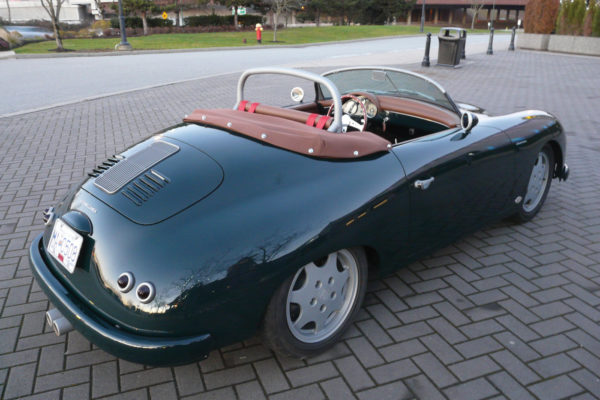
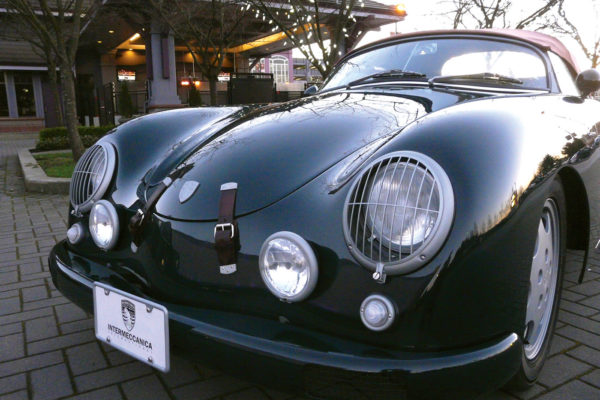

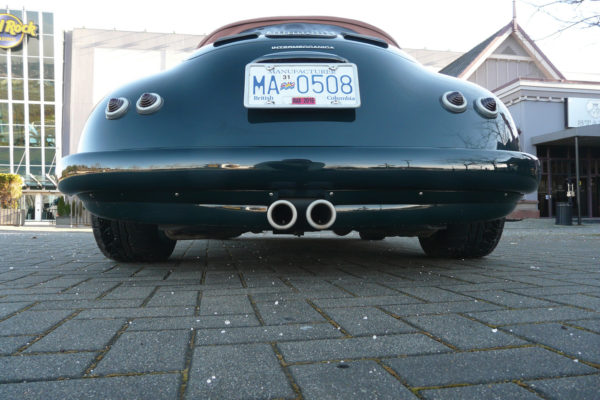
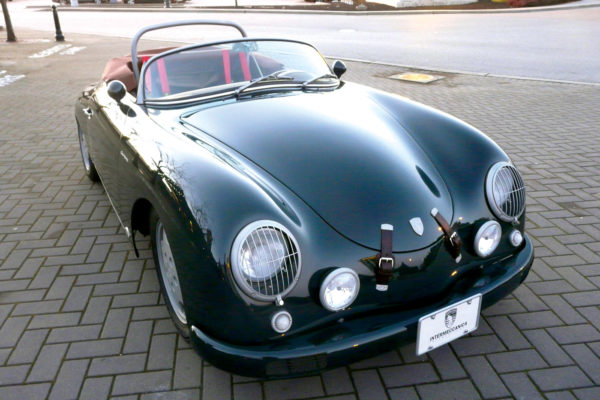
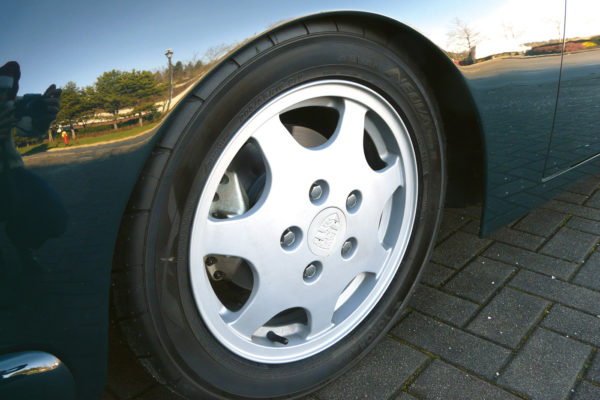
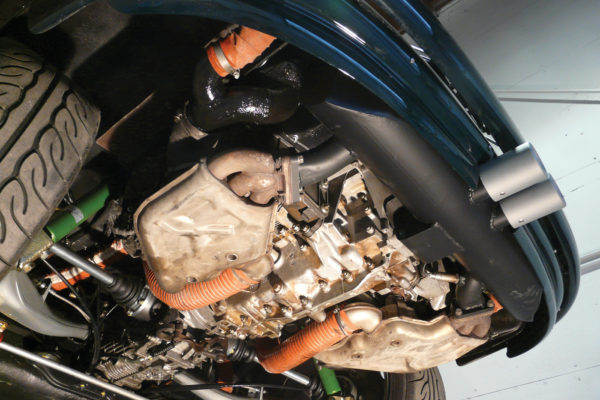
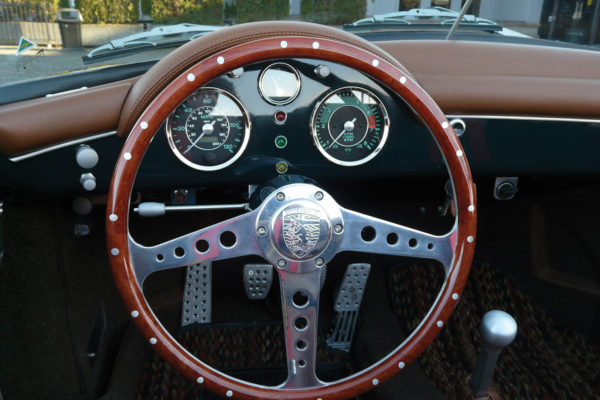
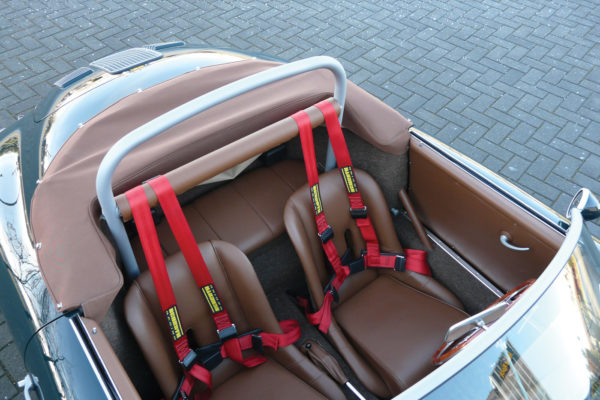
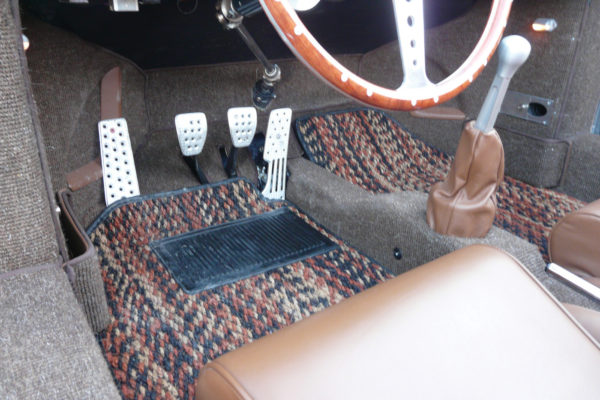
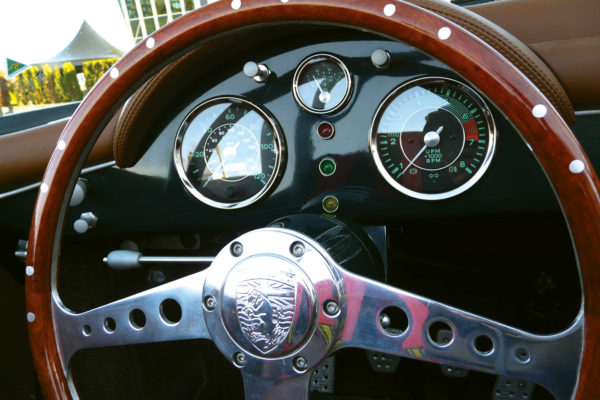
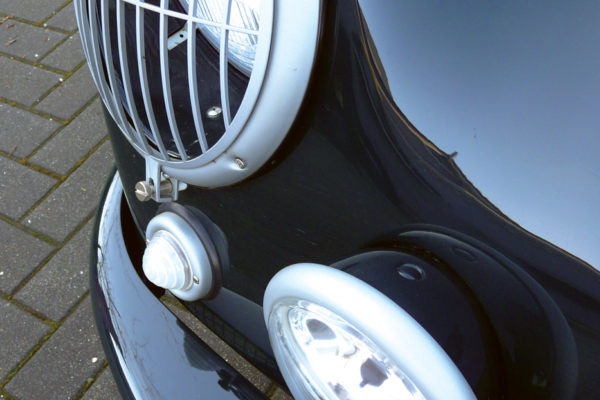
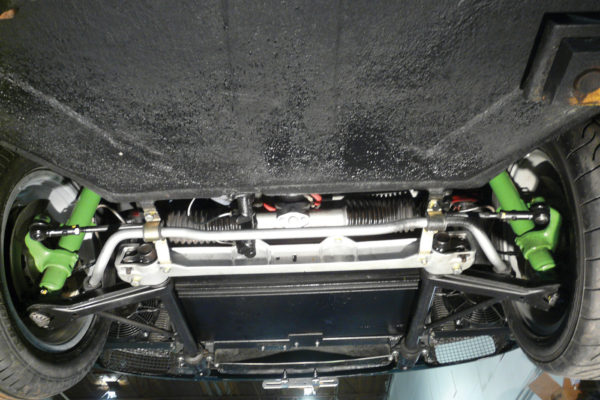
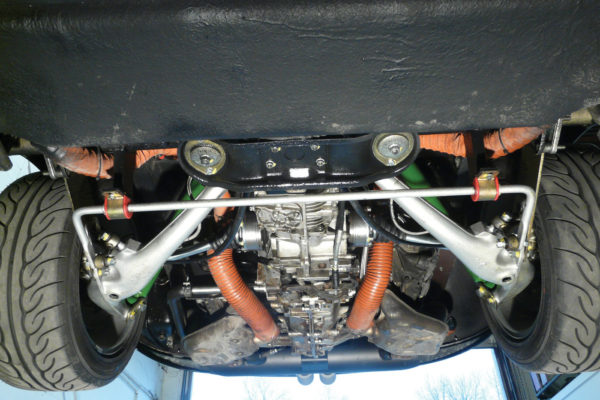
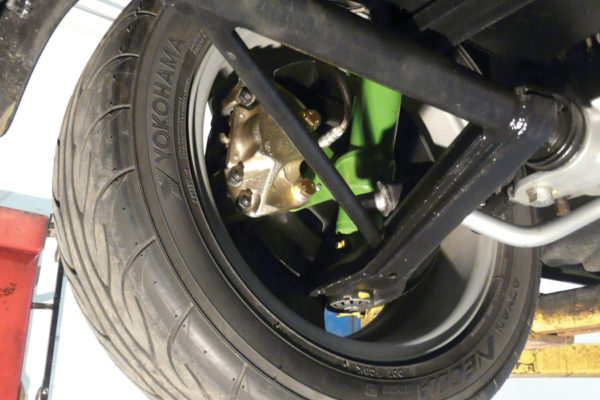
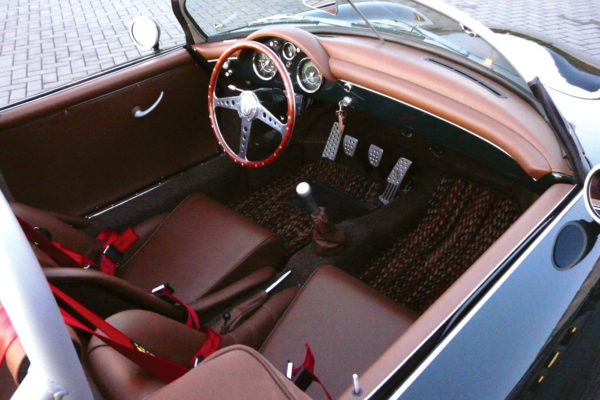
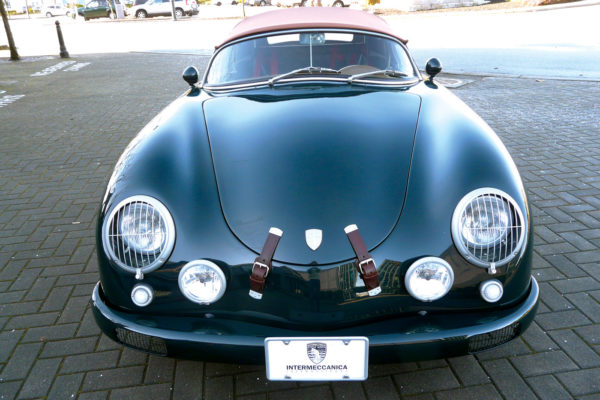
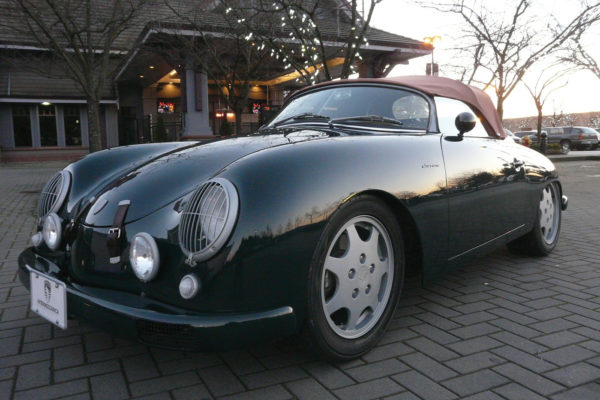
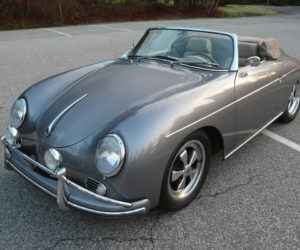
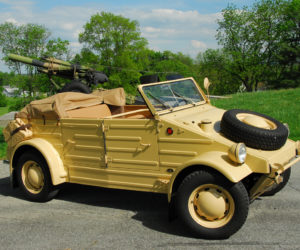
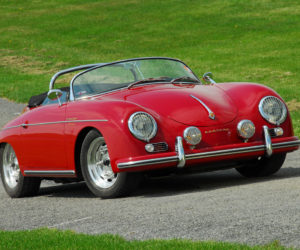
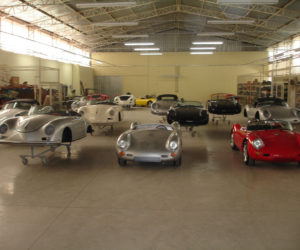
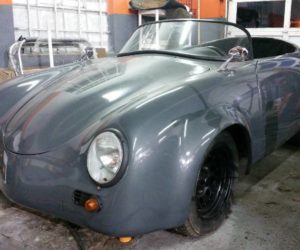
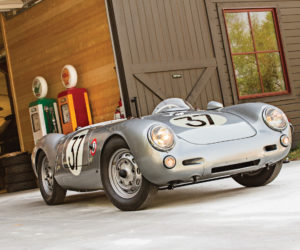




Comments for: DOC Hollywood
comments powered by Disqus